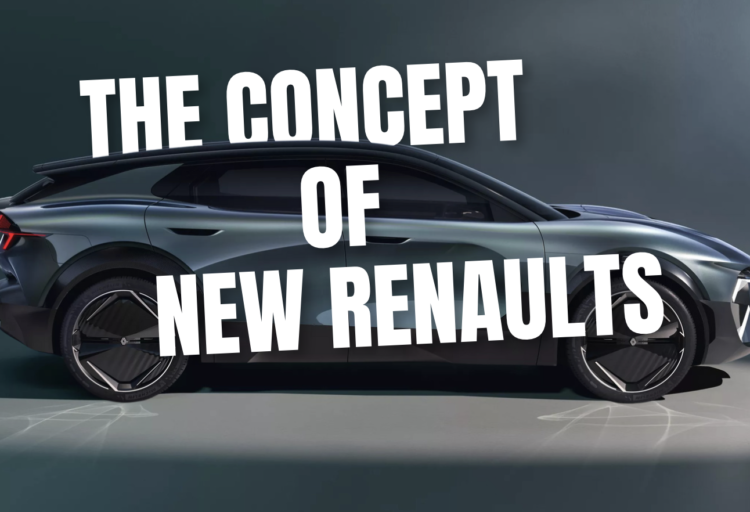What Does the Future Hold for the Mazda MX-5? It’s Already Losing Its Heart!
The Mazda MX-5, also known as the Miata, is one of the most iconic roadsters of all time. Debuting in 1989, it has since built a loyal fan base worldwide. Its combination of light weight, excellent handling, and affordability made it synonymous with the joy of driving. But as the years go by, the automotive world is evolving, and the MX-5 is not immune to these changes.
From its inception, the MX-5 has adhered to the British philosophy of simplicity and lightness. Whether it was the first generation (NA) with its pop-up headlights or the more modern fourth generation (ND), the core principles have always remained the same. Mazda ensured that its iconic roadster consistently delivered driving pleasure at an affordable price. Over time, the MX-5 became the world’s best-selling two-seat sports car. Interestingly, the competition has largely retreated from this segment, leaving the MX-5 in a league of its own. (Think of the Mercedes-Benz SLK, Audi TT Cabriolet, Fiat 124 Spider, Fiat Barchetta, MGF, and Toyota MR2—all of which are no longer in the game.)
One of the key factors in the recent success of the MX-5 is the 2.0-liter Skyactiv-G engine, delivering 184 horsepower. This engine became a favorite among enthusiasts who wanted a lightweight car with just the right amount of power. Unfortunately, stricter European Union emissions regulations are bringing this era to a close.
Mazda now has to adapt to these tighter regulations, and that means the 184-horsepower 2.0-liter Skyactiv-G engine will no longer be available. In the configuration options, only the 1.5-liter Skyactiv-G engine with 132 horsepower will remain.
With the disappearance of the more powerful engine, the option for an automatic transmission, which was only offered with this engine, will also vanish.
This change is driven by the need to reduce fleet emissions and comply with new environmental standards. It’s unclear whether this scenario will play out in other markets, but European customers will have to accept this shift. If you’re longing for an MX-5 with the 2.0-liter engine, you’d better act fast, as the remaining stock is expected to sell out soon.
So, what does the future hold? There’s no official word on the MX-5’s successor yet, but Mazda’s product chief, Shikegi Saito, has hinted that the current ND generation still has a few years left. A recent facelift, including updates to the design and electronics, suggests that Mazda plans to keep this model on the market for as long as possible, likely until 2030—giving it an impressive 15-year lifespan.
The biggest challenge for the future generation of the MX-5 is electrification. Mazda is concerned about the weight increase that comes with batteries, which is why it’s not rushing to release an electric version of its beloved roadster. However, advances in battery technology will be a determining factor in when and how the new generation arrives. A hybrid or fully electric model is possible, but as Mazda suggests, the later it happens, the better for driving enthusiasts.
The Mazda MX-5 has a rich history and a challenging future ahead. Changes in emissions regulations are forcing automakers to adapt, and for the MX-5, that means saying goodbye to the 2.0-liter engine in Europe. Nevertheless, the MX-5 remains an icon, promising to continue delivering driving joy—perhaps in a different form, but with an unwavering commitment to its philosophy.





Leave a Reply